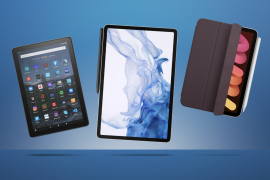Redmi Note 14 Pro+ review: stop me if you’ve heard this one before
A 200MP camera is still the star of the show - but things haven't moved on much from last year
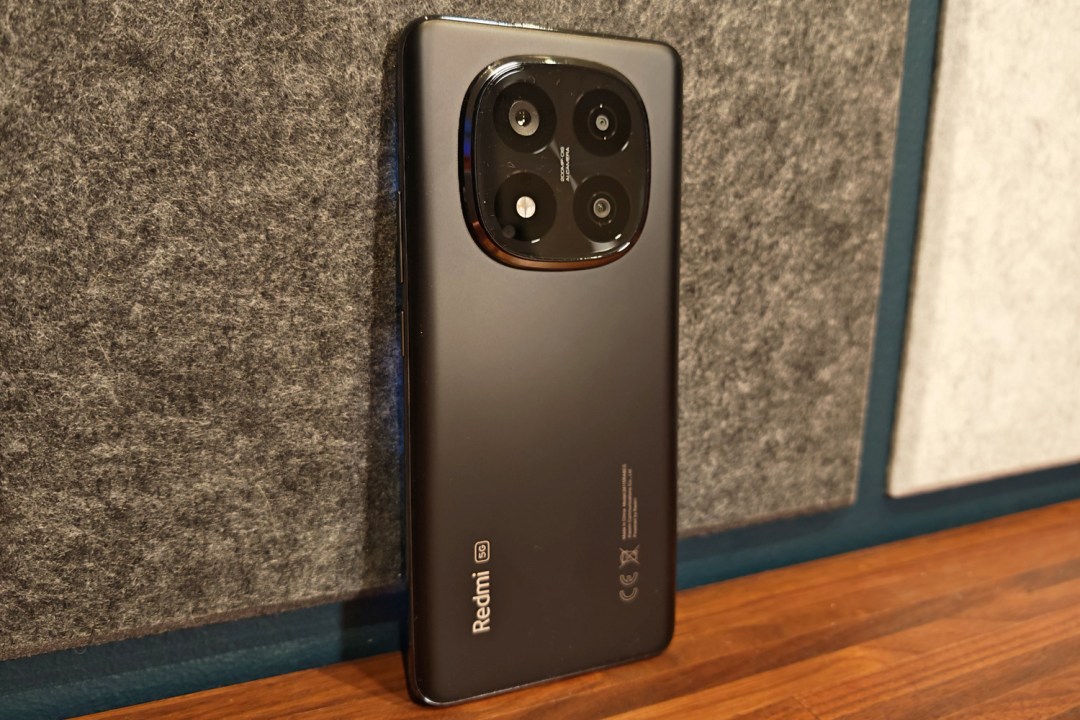
Stuff Verdict
Fresh looks and new silicon help the Redmi Note 14 Pro+ stay current. It’s not much of a leap from its predecessor in any other area, though.
Pros
- Very detailed shots from the main camea
- Solid mid-range performance
- Respectable battery life and very fast charging
Cons
- Redmi really should’ve called time on the weak secondary cameras
- Dial down the out-of-box bloatware, please
- Why not launch with the latest version of Android?
Introduction
We’re only a few weeks into 2025 and the affordable phone floodgates have well and truly opened. The Poco X7 and X7 Pro were literally announced the day before Redmi pulled back the curtain on this, the global version of the Note 14 Pro+. Xiaomi’s other value-minded brand has gone for a keenly-priced mid-ranger instead of a true bargain blower here – but one with a more capable camera than you’d expect.
An optically stabilised 200MP main snapper sounds impressive, with artificial intelligence on hand to create convincing zoom shots without needing eons to process each pic. Other highlights include being first out the gate with new Qualcomm silicon, a much brighter OLED screen than its predecessor, and some of the fastest charging speeds around.
Redmi has stuck to its guns in a few areas, however, which might limit the £399 Note 14 Pro+’s appeal against rivals like the Google Pixel 8a.
. Can the plus points outweigh the negatives?
How we test smartphones
Every phone reviewed on Stuff is used as our main device throughout the testing process. We use industry standard benchmarks and tests, as well as our own years of experience, to judge general performance, battery life, display, sound and camera image quality. Manufacturers have no visibility on reviews before they appear online, and we never accept payment to feature products.
Find out more about how we test and rate products.
Design & build: change it up
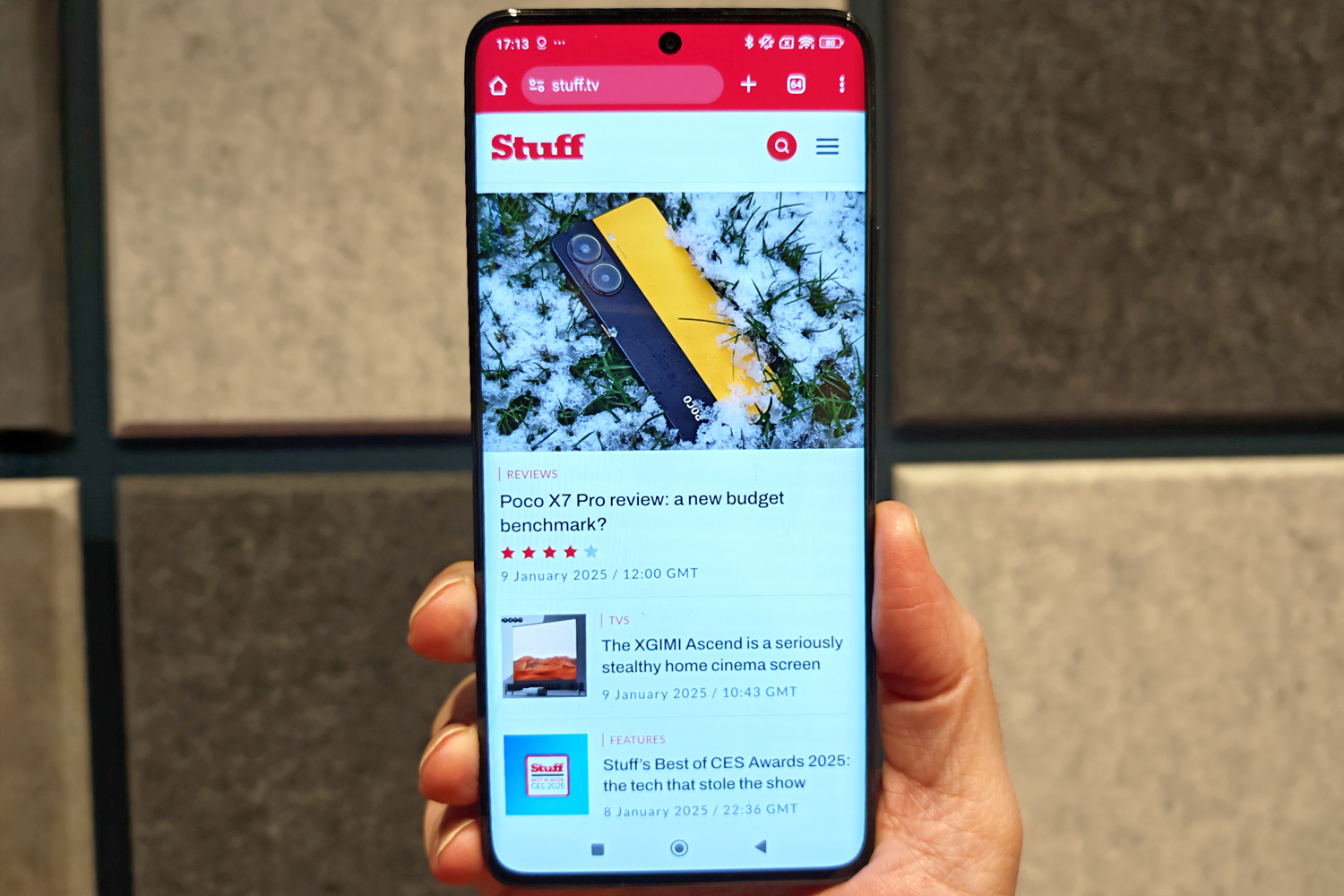
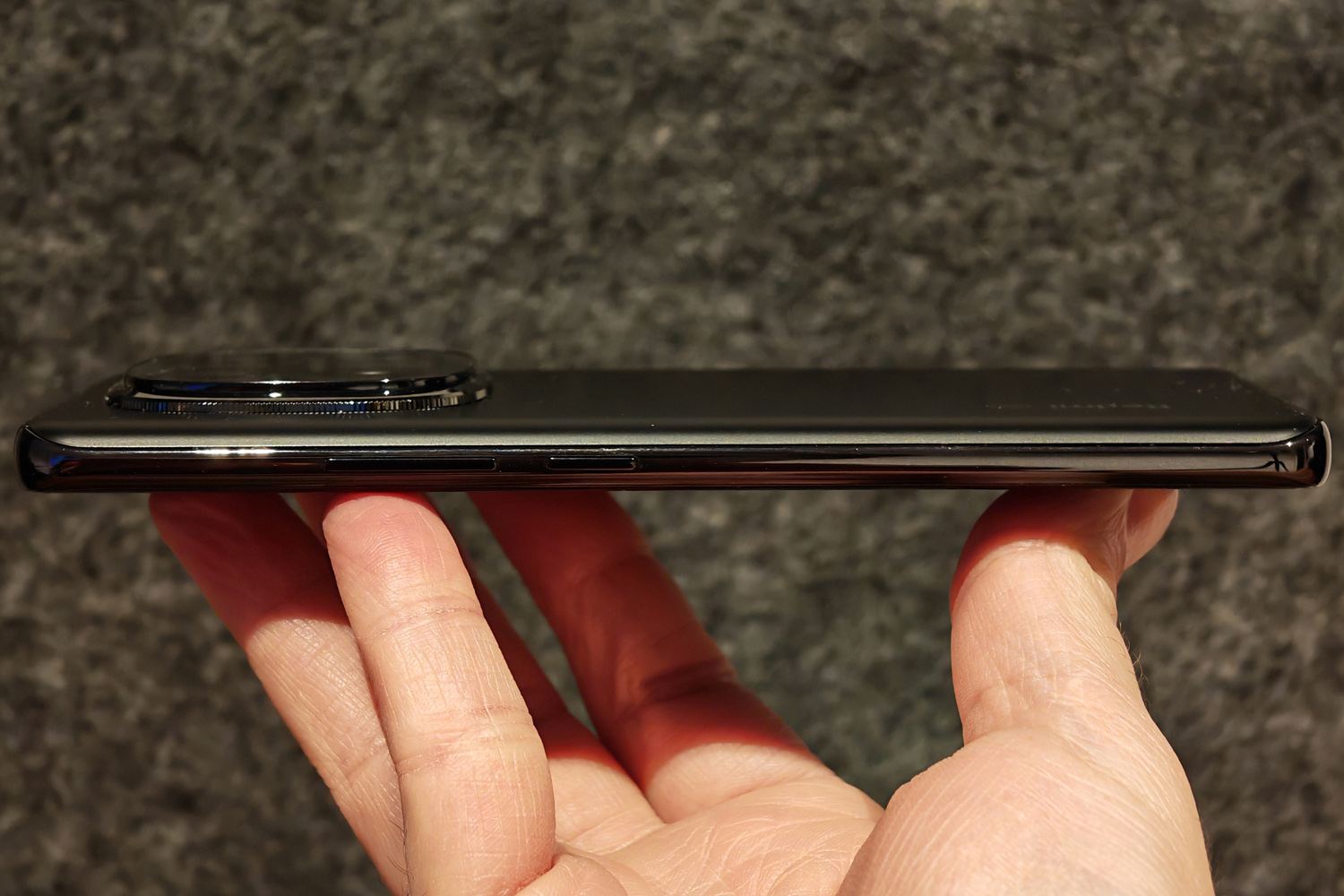
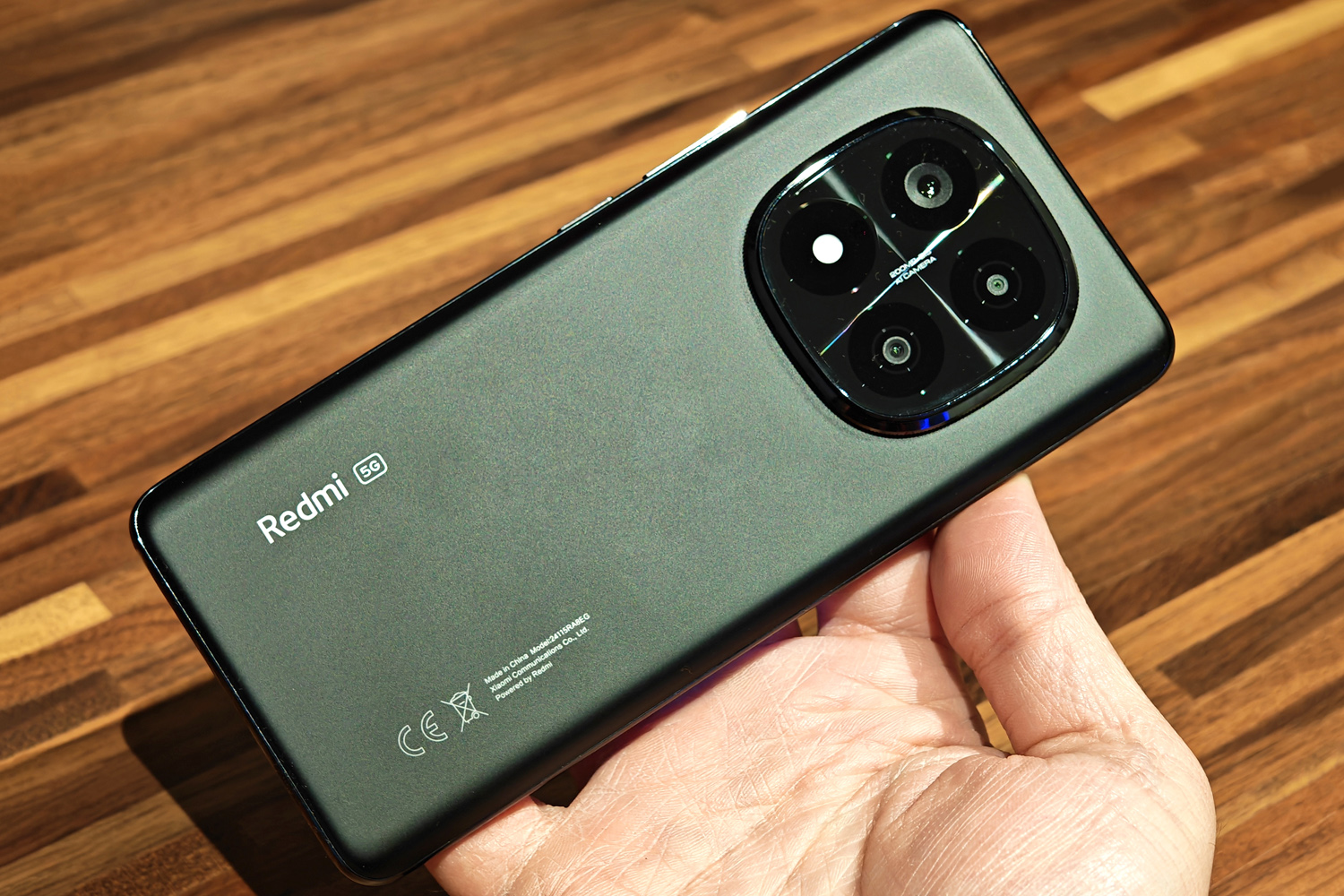
There can’t be many phone lines that mix up their styling as often as the Redmi Note series. 2024’s Redmi Note 13 Pro+ did the two-texture thing, after the Note 12 Pro+ had stuck its rear shooters in a protruding camera island the year prior. Now the Redmi Note 14 Pro+ lands with a central squircle containing what looks like four separate sensors – though it’s really only three, and that’s being generous (head down to the camera section for clarity). Lots of flagship rivals have gone with dramatic central camera setups lately, so I get the thinking.
It was a surprise Redmi didn’t go with a flat display and frame, though, given those traits are also all the rage. You get a curved edge glass and polycarbonate sandwich here, with a slightly frosted texture on the rear that stops it from being as slippery as a bar of soap in the shower. Then again, with the flat Xiaomi 14T Pro and Poco Find X7 Pro sandwiching it on price, I also appreciate parent company Xiaomi giving customers a choice.
My black review unit is the safest of the three colour options. The Lavender Purple and Frost Blue versions are a lot easier on the eye, in my opinion, with the former getting a vegan leather rear panel instead of glass. Branding is pretty subtle no matter which you choose, though the stamped CE information spoils the otherwise minimal looks just a tad.
It’s reassuringly weighty and feels like a higher-end handset than it actually is, with glass that’s cool to the touch when you first pick the phone up. That’s Gorilla Glass 7i on the rear, by the way, and Victus 2 up front, so it should withstand most light scrapes and scratches. I didn’t pick any up during my testing. IP68 weatherproofing also makes a welcome return, with last year’s Note 13 Pro+ having been the first Redmi phone to get it. Redmi hasn’t given up on IR blasters just yet either, so you’ll find one at the phone’s top edge for controlling your older, non-smart gadgets.
The under-display fingerprint sensor was as quick to detect my thumb as I’d expect for optical tech; ultrasonic sensors are still the domain of flagship phones only. As is pretty typical for Android the front-facing camera can only skip the lock screen when it recognises your face. You’ll need a PIN or fingerprint to authenticate banking apps.
Screen & sound: shine on
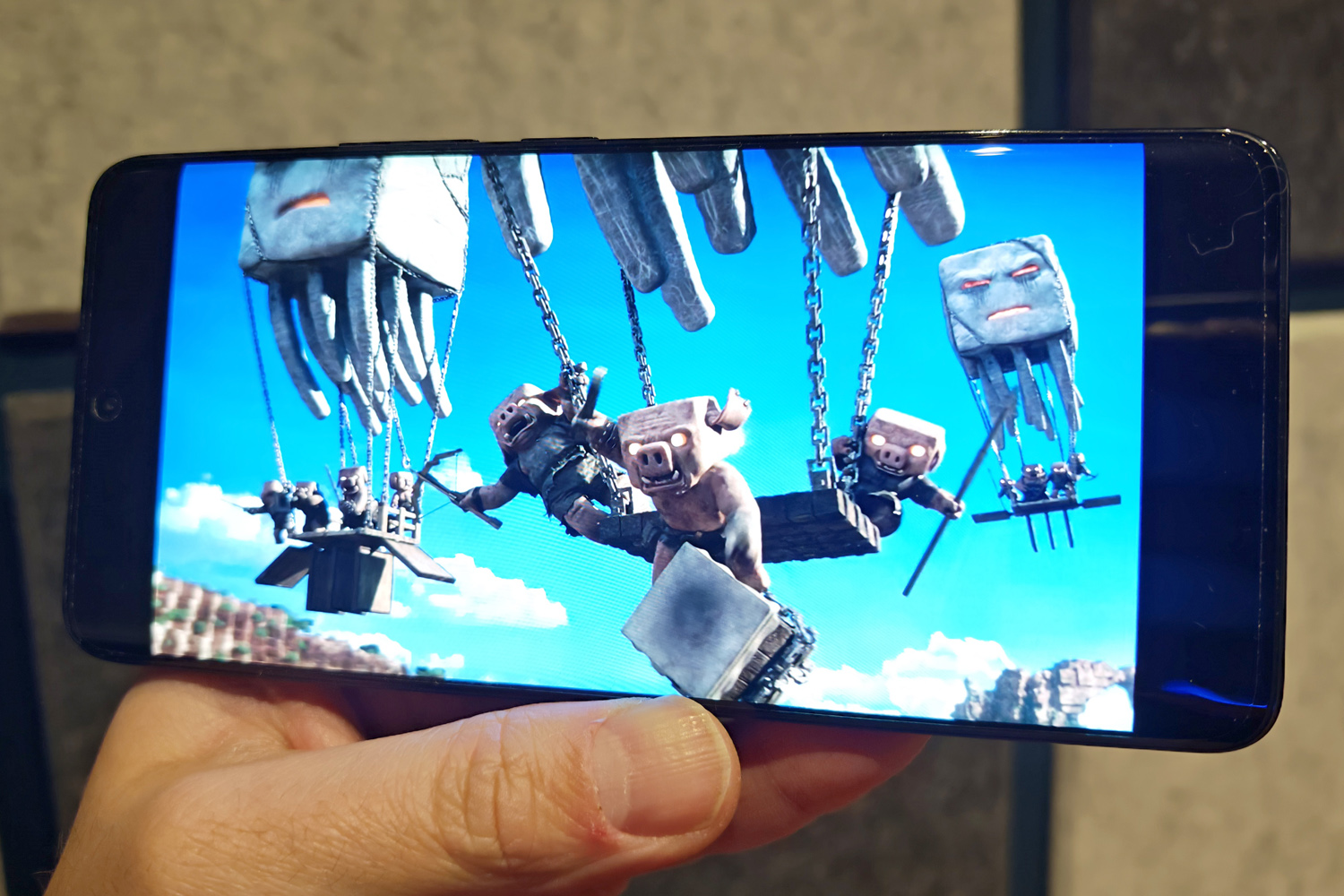

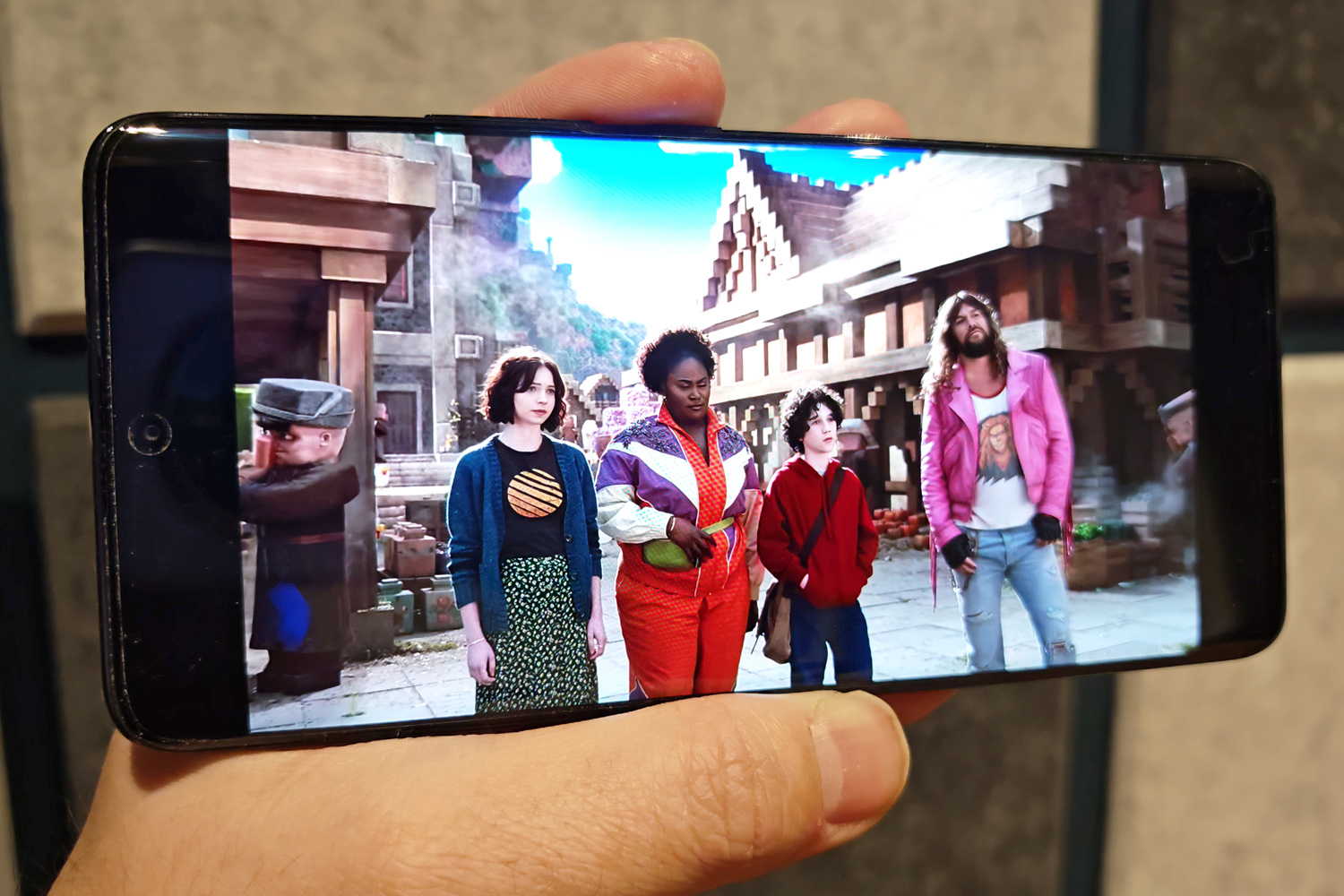
Curved-edge screens might not be as cool as they once were, but Redmi hasn’t put them out to pasture quite yet. The Note 14 Pro+ has a very similar 6.67in display to its predecessor, with the same 2712×1220 resolution (satisfyingly sharp at arms’ length), same 60/120Hz dynamic refresh rate (smooth as you like while scrolling) and same support for Dolby Vision HDR content.
It’s an AMOLED panel, so naturally there are inky blacks, epic contrast and rich, vibrant colours. The sloped sides aren’t too severe, so light reflections didn’t give me any grief, and I appreciate Redmi continuing to offer an extensive selection of colour temperature tweaks in the Settings menu. The default is that bit punchier and more vivd than the Poco Find X7 Pro, which I thought was a little muted – there’s really no need to play with the settings here unless you’re after a specific look.
Brightness is where the 2025 model stands out from the outgoing phone. The Note 14 Pro+ can hit a peak 3000 nits, up from 1800 on the Note 13 Pro+. That sort of shine only applies to a tiny part of the screen at any one time, and is some 1000 nits less than the best flagship phones can muster, but it essentially meant outdoor viewing wasn’t a problem at any point during my testing.
Redmi has stuck with a familiar down-firing main driver and earpiece tweeter for sound. it’s a respectable combo, getting loud and clear enough for casual listening but not able to deliver much in the way of bass. Pretty much like all modern phones, then.
Cameras: three into one
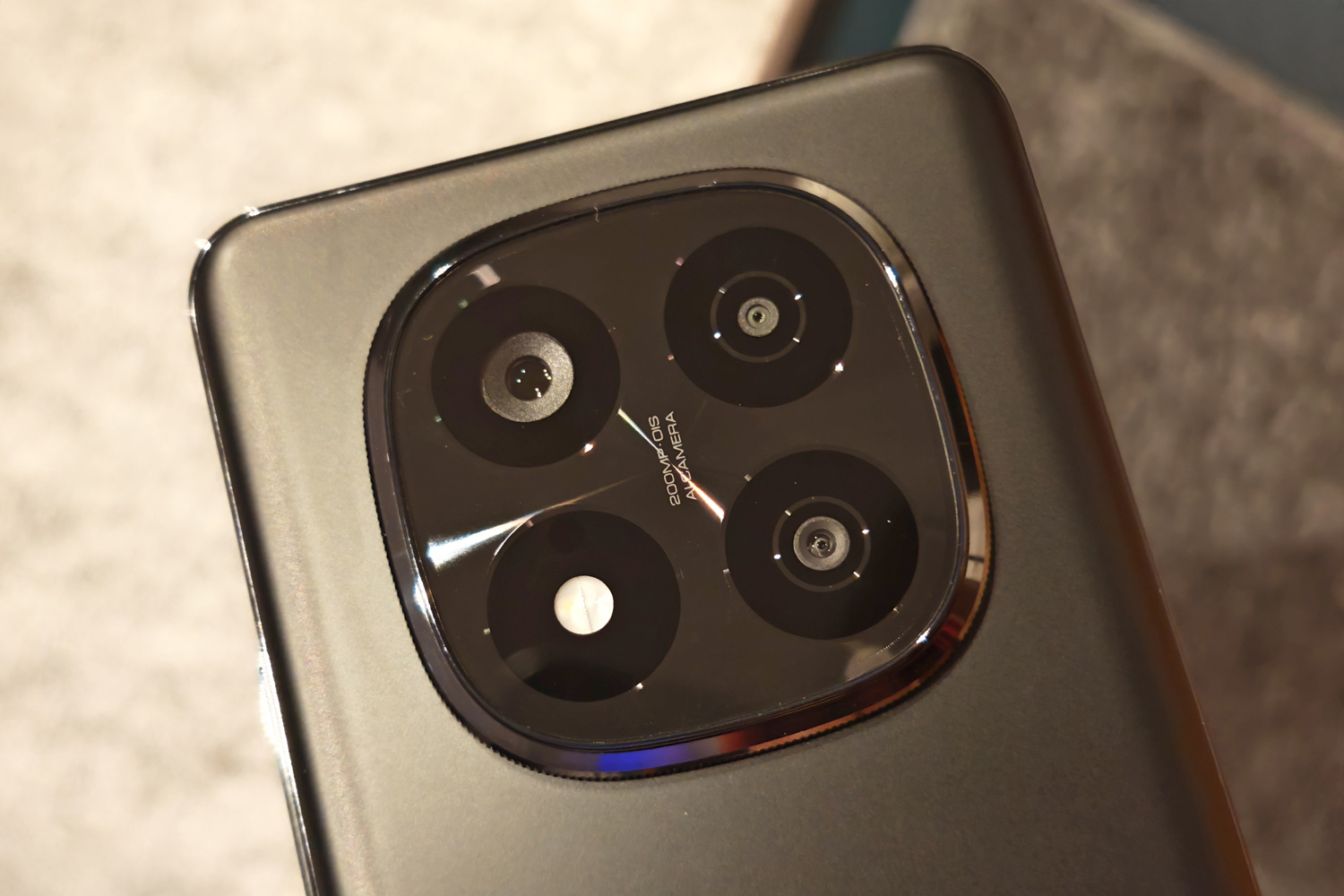
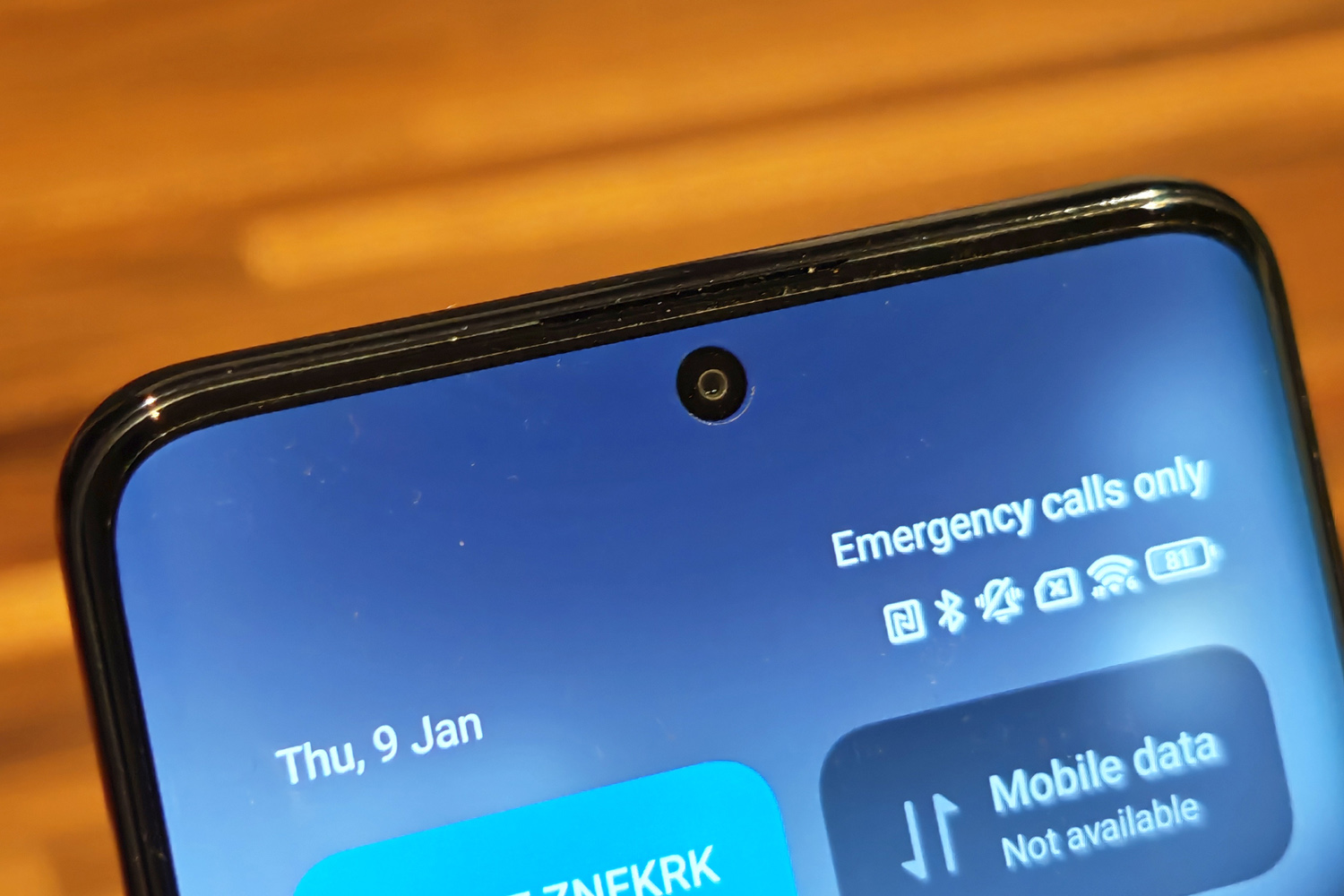
Seriously, Redmi? It’s 2025 and you’re still fobbing phone shoppers off with 8MP ultrawide and 2MP macro cameras? The Note 14 Pro+ makes do with the same pair of yawn-worthy secondary snappers as its three most recent predecessors, at a time when rivals have finally cottoned on to the fact that picture quality matters more than lens count.
Macro snaps are very noisy, even in good light, and the focus distance isn’t all that close either. I’d also rather take wide-angle shots with a Nothing Phone 2a‘s 50MP ultrawide, which does a much better job with exposure, colour, noise and detail. Here it struggles for focus with distant subjects, and can’t match the hue of the main sensor. It exposes for highlights, preserving skies but leaving other objects in shadow.
It’s a shame, as the 200MP main snapper is a better performer. The camera app uses sensor cropping to offer 2x and 4x zoom without too much obvious digital smoothing and noise reduction. 2x shots are the cleaner of the two, regardless of light level, with night shots in particular not holding up so well at stronger magnification.


















As ever there’s a great amount of detail on display during daylight hours, with things like brickwork and facial features preserved well. There’s nothing extra to be eked out from native resolution photos, other than much bigger file sizes.
Redmi’s image processing favours contrast and vivid colours more than Google’s more natural, highlight-preserving approach, preserving plenty of dynamic range and exposing accurately for the conditions. Some shots looked a little cooler than reality, but there’s very little in it.
Night mode is pretty reserved, only kicking in when you’re truly in the dark. It leans towards warmer tones, but stays on the right side of true-to-life, and doesn’t demand a very long shutter speed. Factor in the optical image stabilisation and results can be rather good for the money. Light sources do tend to bloom more than the best affordable phones, though.

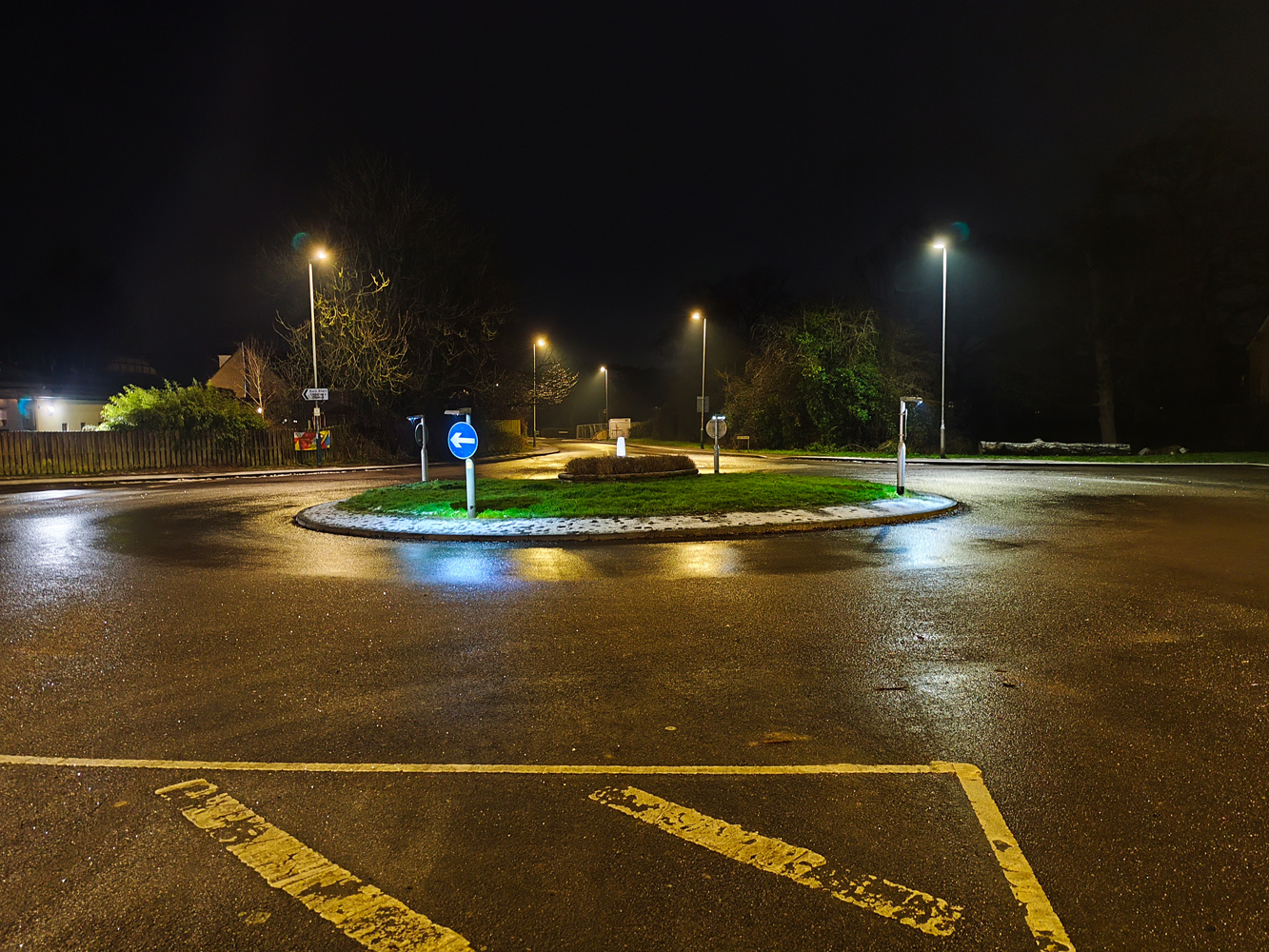
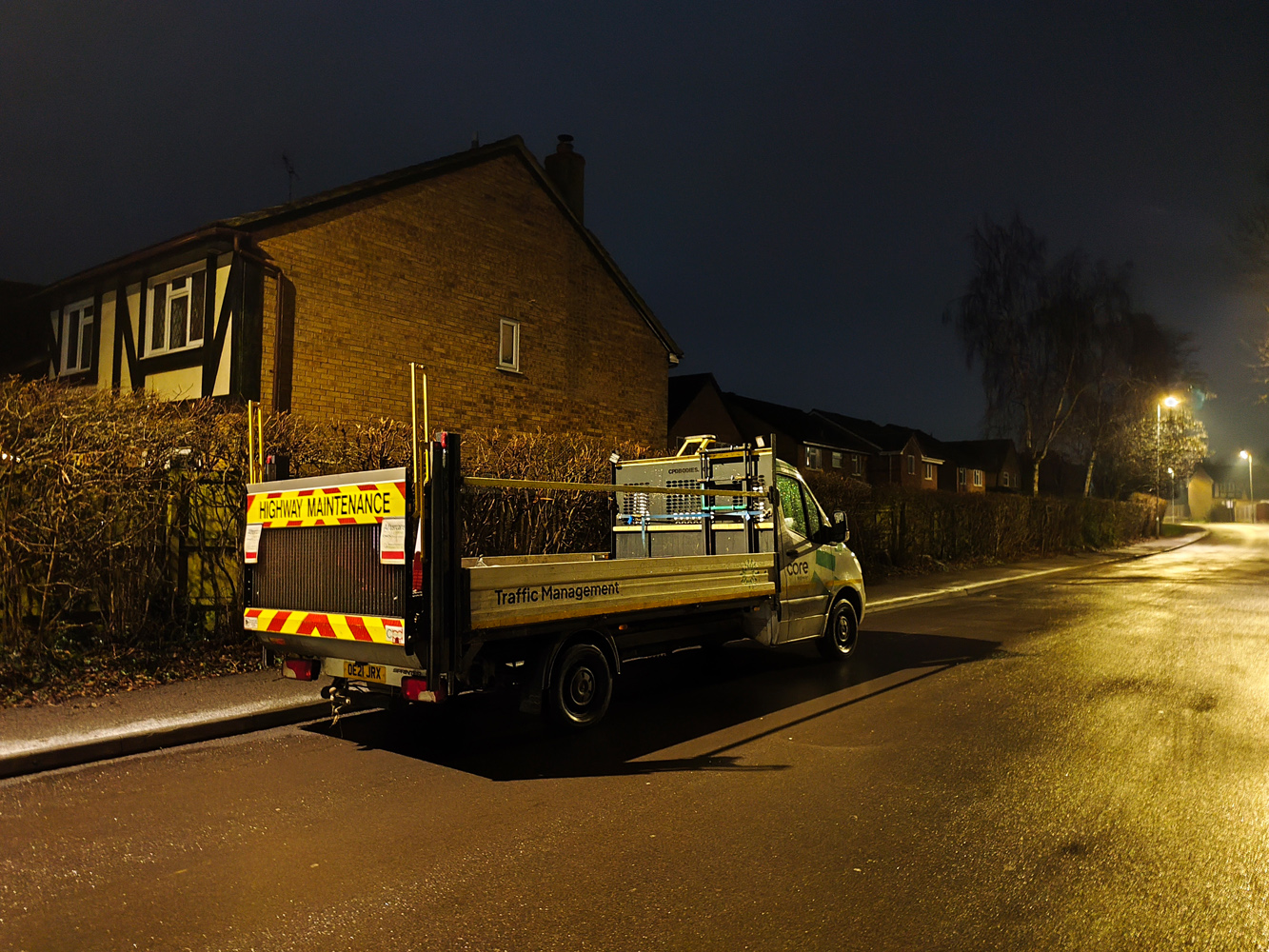
Once again Redmi insists on enabling the beauty mode on its selfie camera by default. The 20MP front-facer did a decent enough job once I’d dialled back the artificial processing, but is limited to 1080p/60 recording with no 4K option.
Software experience: parental supervision
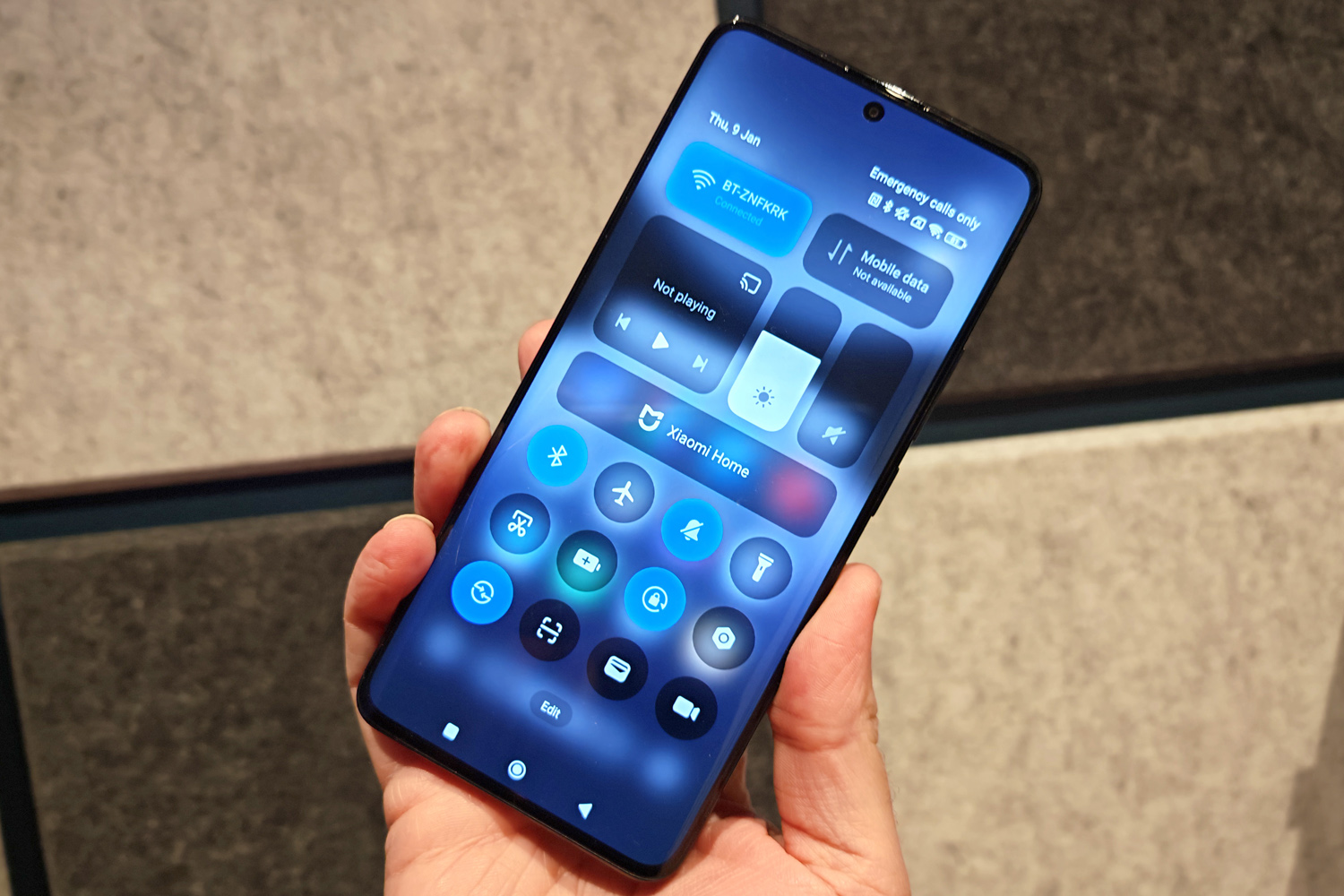
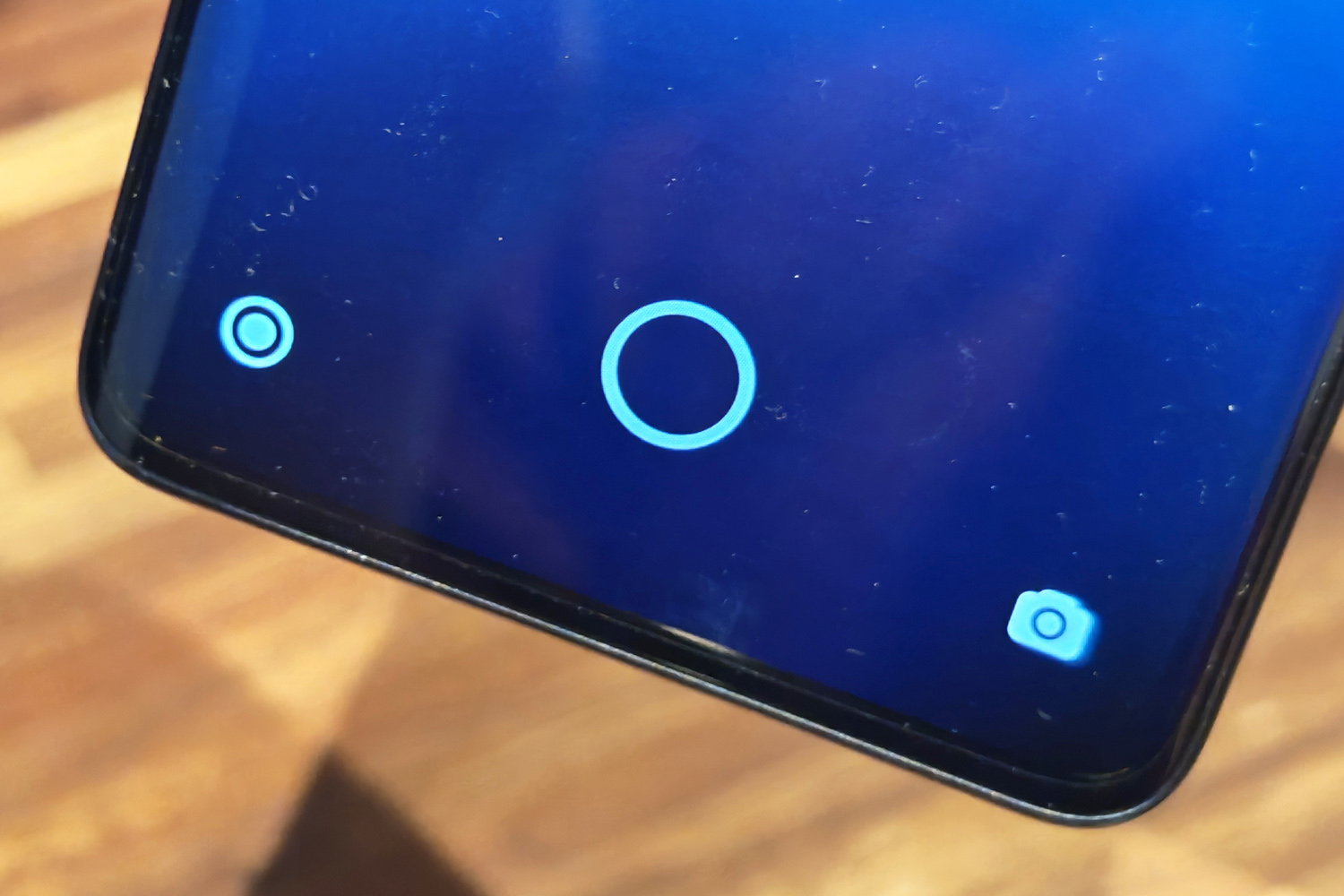
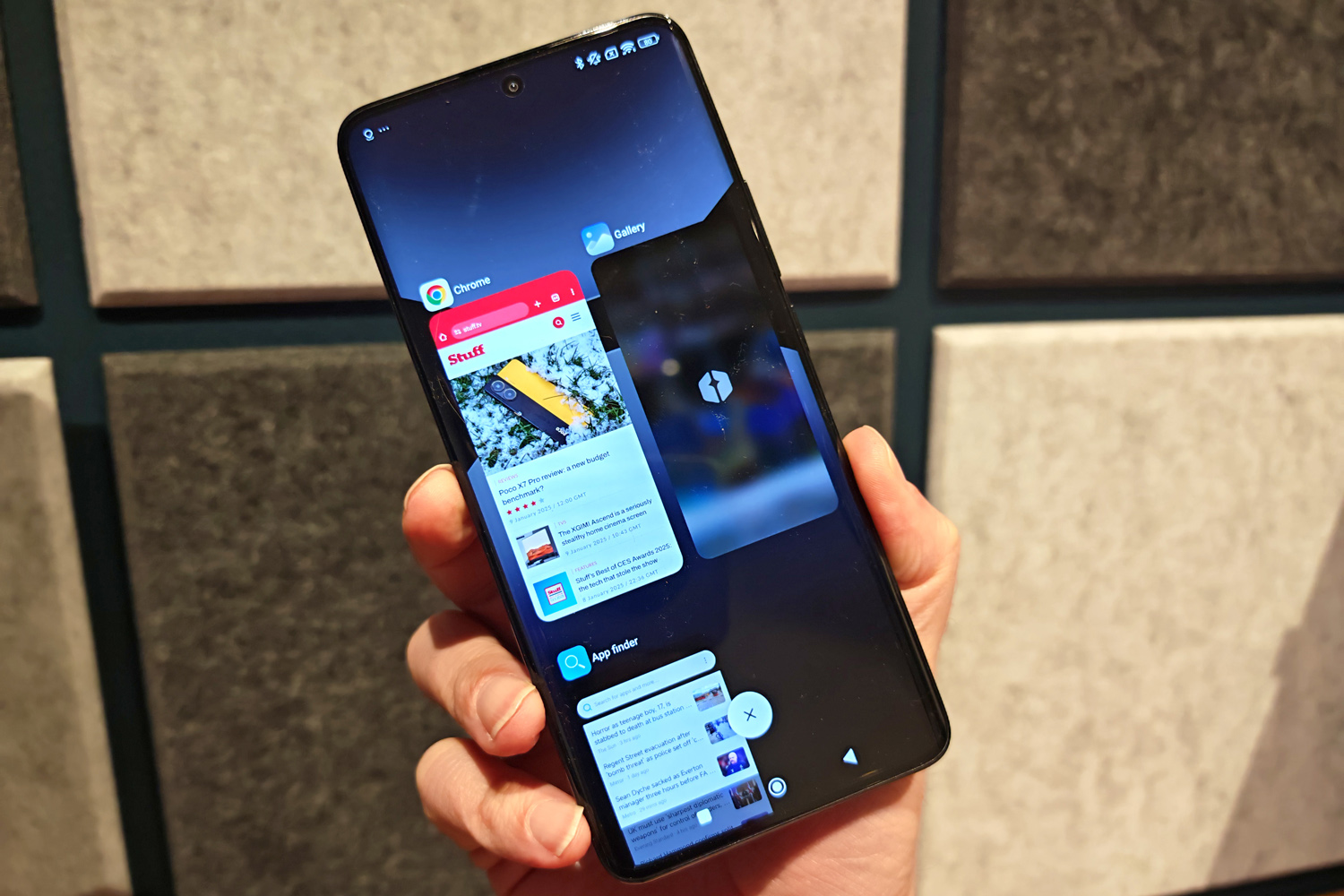
There’s no mistaking the Redmi Note 14 Pro+ as something from the Xiaomi stable once you power it on; the HyperOS skin is virtually identical to the one seen on the Xiaomi 14T Pro, and only the shape of the icons set it apart from the Poco X7 Pro. It looks clean enough, though does bombard you with apps and icons straight out of the box – and not all of them are worth keeping around.
I expect a little bit of bloat with truly affordable phones, but this is more in mid-range territory. You really shouldn’t have to make culling 10+ games and unwanted apps your first job with a new handset. At least they don’t account for much of the 256GB or 512GB of on-board storage, depending on the model.
HyperOS wears its iOS influences on its sleeve, with no app drawer by default, and separate pull-down menus for notifications and quick settings. It really wants you to buy things from its various music, video, game and theme stores, too. A big thumbs up for including Gemini as the default voice assistant an including Google’s Circle to Search feature, though – these are still yet to roll out on many mid-range rivals.
There are a handful of AI-assisted apps, which I’m happy aren’t quite as in-yer-face as the latest Galaxy and Pixel handsets. Audio transcription and text summaries are handy if you use the voice recorder and notes apps, but it’s the gallery app’s image editing tools that’ll probably see more use.
Three new Android generations (and five new HyperOS revisions) are promised across the Note 14 Pro+’s lifetime, which is reasonable for a mid-ranger – but a long way short of what Google and Samsung are pledging. It’s even worse when you realise this phone lands running Android 14, rather than the newer 15.
Performance & battery life: as expected
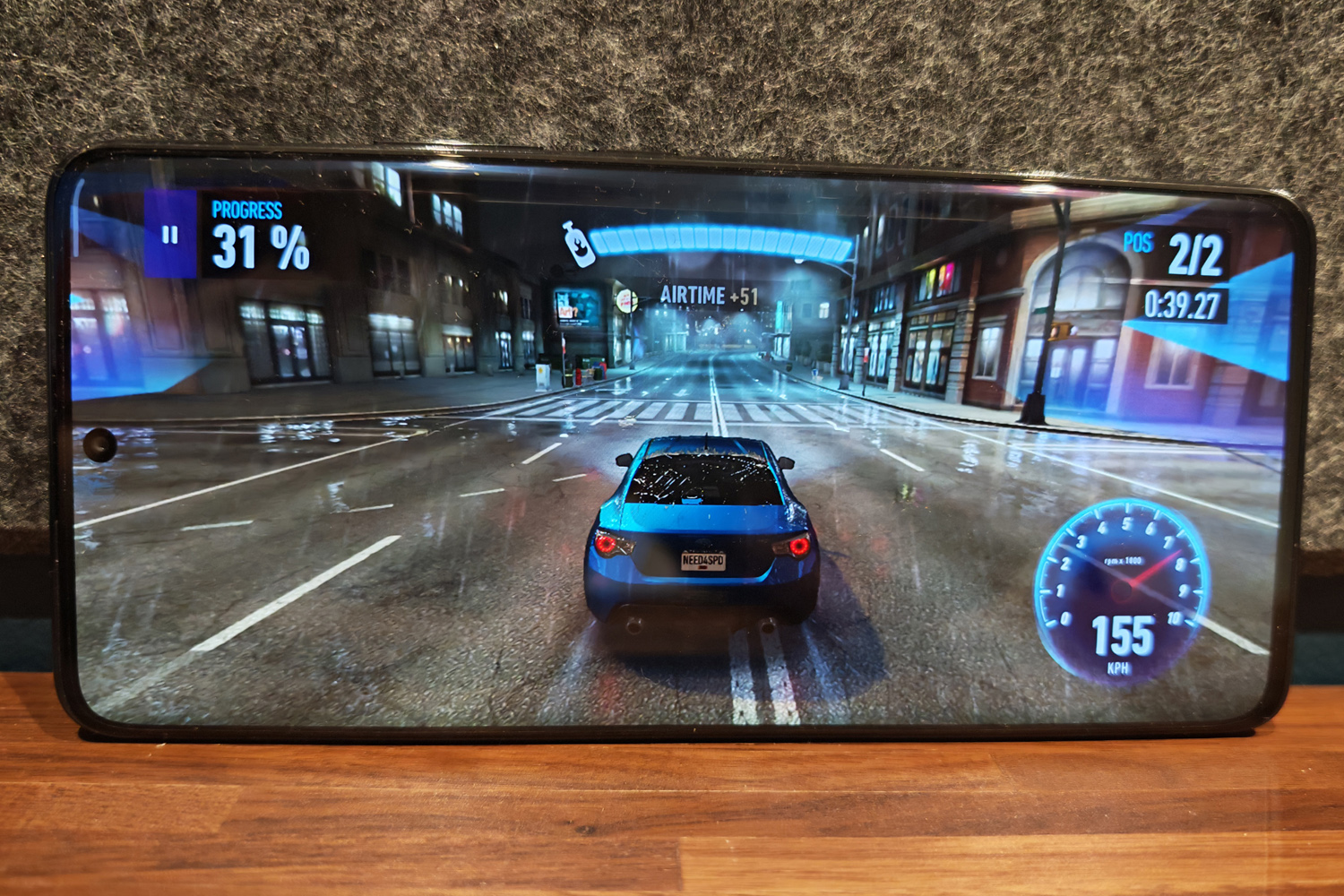
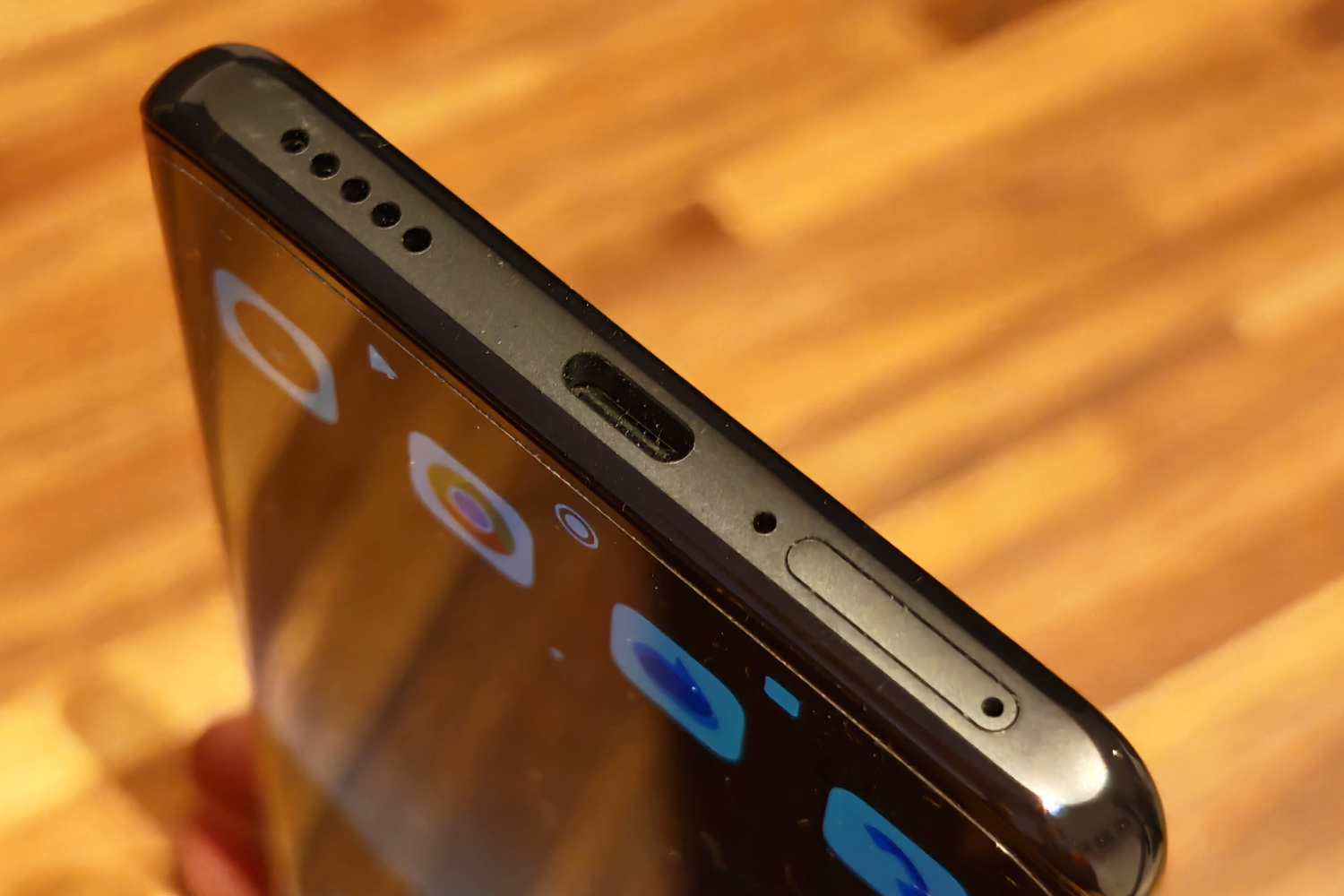
As the first phone to use the Snapdragon 7s Gen 3 chipset, I wasn’t too sure how the Note 14 Pro+ would handle my usual mix of gaming, photography, video playback and social scrolling. The eight core silicon is definitely more in the mid-range camp than Qualcomm’s other efforts, but given the cost of entry I had no major complaints.
Benchmark scores put it somewhere near the middle of pack, as far as sub-£500 phones go – so if you have realistic expectations, the amount of performance on offer should be just fine. Interestingly I didn’t see a whole lot of difference between this and last year’s Redmi Note 13 Pro+ (which used an older generation of MediaTek silicon), with apps opening at roughly the same lick and multitasking about on par.
Snapdragon chips usually have the edge in gaming, and all the titles I tried played very smoothly. It would’ve been a big fail if the Redmi couldn’t handle Streets of Rage 4 at a consistent 60fps, but it did so just fine – and coped with the more demanding Alien Isolation and Need For Speed: No Limits too.
Previous Redmi Notes were up there with the fastest-charging smartphones around, and that’s true of this one too. There’s a beefy 120W power brick bundled in the box, which gave an empty-to-full charge in less than 25 minutes. It’s why the lack of wireless charging wasn’t an issue – I could top up in the time it took to get ready in the morning, and not think about it again for another 24 hours.
Battery life overall is decent, rather than spectacular. Honor and Poco have warped my expectations with their giant capacity cells, whereas here you get a more modest 5110mAh battery. Even with a newer, more efficient processor, you’re still looking at just over a day of moderate use; get your game on or record much 4K video and it’ll drain faster.
Redmi Note 14 Pro+ verdict
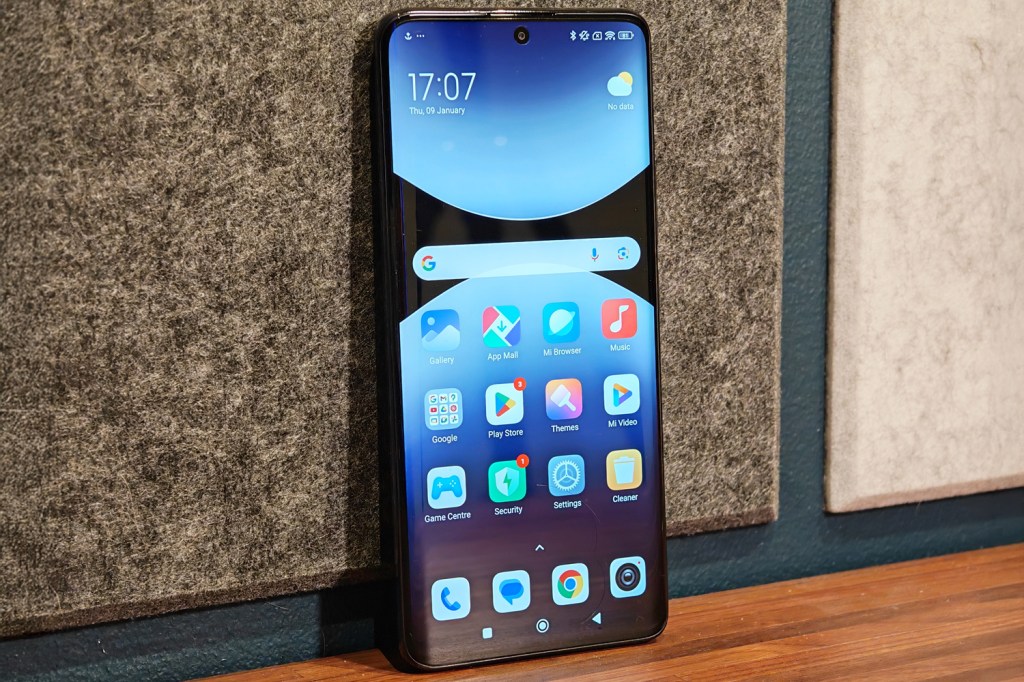
It’s more powerful than ever, charges rapidly, and one of its three cameras takes a decent enough picture for the price – so why haven’t I rated the Redmi Note 14 Pro+ any higher? Unfortunately the formula just hasn’t evolved enough from the previous generation – which itself wasn’t much of an upgrade over the model before it.
We’re really past the point where 8MP ultrawides and 2MP macro cameras deserve a place on mid-range phones (if they ever really did) and the curved-edge glass feels a bit out of step with the rest of the phone world. An outdated version of Android and refusal to cut down on the bloatware just doesn’t cut it in 2025.
The brighter shining OLED screen is welcome, but you don’t have to look too far for more a well-rounded alternative: the OnePlus Nord 4 and Nothing Phone 2a Plus can be had for the same money, while a Google Pixel 8a isn’t that much more.
Stuff Says…
Fresh look, new silicon and some AI enhancements help the Redmi Note 14 Pro+ stay current. It’s not a huge leap from its predecessor, though, so is starting to feel a little stale.
Pros
Very detailed shots from the main camea
Solid mid-range performance
Respectable battery life and very fast charging
Cons
Redmi really should’ve called time on the weak secondary cameras
Dial down the out-of-box bloatware, please
Why not launch with the latest version of Android?
Redmi Note 14 Pro+ technical specifications
| Screen | 6.67in, 2712×1220 120Hz AMOLED |
| CPU | Qualcomm Snapdragon 7s Gen 3 |
| Memory | 8GB/12GB |
| Cameras | 200MP f/1.65 w/ OIS + 8MP f/2.2 ultrawide + 2MP macro rear 20MP front |
| Storage | 256GB/512GB on-board |
| Operating system | Android 14 w/ HyperOS 2 |
| Battery | 5110mAh w/ 120W wired charging |
| Dimensions | 163x75x8.75mmm, 210g |



